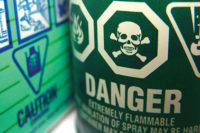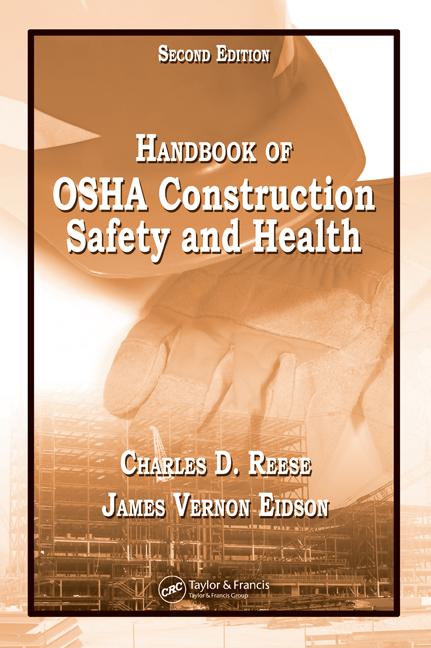First adopted in 1983, the standard has subsequently been expanded and revised to cover all industries where employees are potentially exposed to hazardous chemicals. It addresses how to classify hazardous chemicals and how to communicate information about hazards and appropriate protective measure to employees.
GHS cometh
The most recent revision of the standard brings the United States into alignment with the Globally Harmonized System of Classification and Labeling of Chemicals (GHS), which requires chemical manufacturers and importers to evaluate chemicals according to the health and physical hazards they present. Using that information, they must put labels on containers that include a signal word, pictogram, hazard statement, and precautionary statement for each hazard class and category. For this purpose, OSHA defines a health hazard as a chemical which is classified as posing one of the following hazardous effects: acute toxicity (any route of exposure); skin corrosion or irritation; serious eye damage or eye irritation; respiratory or skin sensitization; germ cell mutagenicity; carcinogenicity; reproductive toxicity; specific target organ toxicity (single or repeated exposure); or aspiration hazard.
Additionally, manufacturers and importers must prepare safety data sheets using a format that has 16 specific sections, thus ensuring consistency in the presentation of important protection information. (The old standard allowed chemical manufacturers and importers to convey hazard information on labels and material safety data sheets in whatever format they chose.)
“The Hazard Communication Standard in 1983 gave the workers the ‘right to know,’ but the new Globally Harmonized System gives workers the ‘right to understand’,” according to OSHA.1
Plus, the standard preempts “any legislative or regulatory enactments of a state, or political subdivision of a state, pertaining to this subject...Under section 18 of the Act, no state or political subdivision of a state may adopt or enforce any requirement relating to the issue addressed by this Federal standard, except pursuant to a Federally-approved state plan.”
$3+ million in penalties
There were 5,624 HazCom-related citations for all industries in 2014, deriving from 3,235 inspections. Total penalties assessed amounted to $3,011,151. While many different types of industries earned HazCom citations in 2014 — including transportation and amusement/gambling/recreation — the bulk of those appearing in the upper tiers of the citation-getters list are related to manufacturing.
Specialty trade contractors were in the top spot — with 705 citations and $299,804 in proposed penalties, followed by fabricated metal product manufacturing (561 citations, $274,813 in penalties); repair and maintenance (350 citations, $148,199); and merchant wholesalers/durable goods (226 citations, $91,537). Machinery manufacturing had 187 citations and $117,053 in penalties, followed by nonmetallic mineral product manufacturing (179, $83,398); construction of buildings (169, $62,890); administrative and support services (156 citations, $98,456); motor vehicle and parts dealers (154, $58,061); transportation equipment manufacturing (149, $81,883); and plastics and rubber products manufacturing (137 citations, $76,439).
OSHA publishes its most frequently cited list in order to alert employers about commonly cited standards so they can take steps to find and fix recognized hazards addressed in these and other standards before agency inspectors show up.






